Customizable Bluetooth Speaker is like a Build-A-Bear for audio hardware
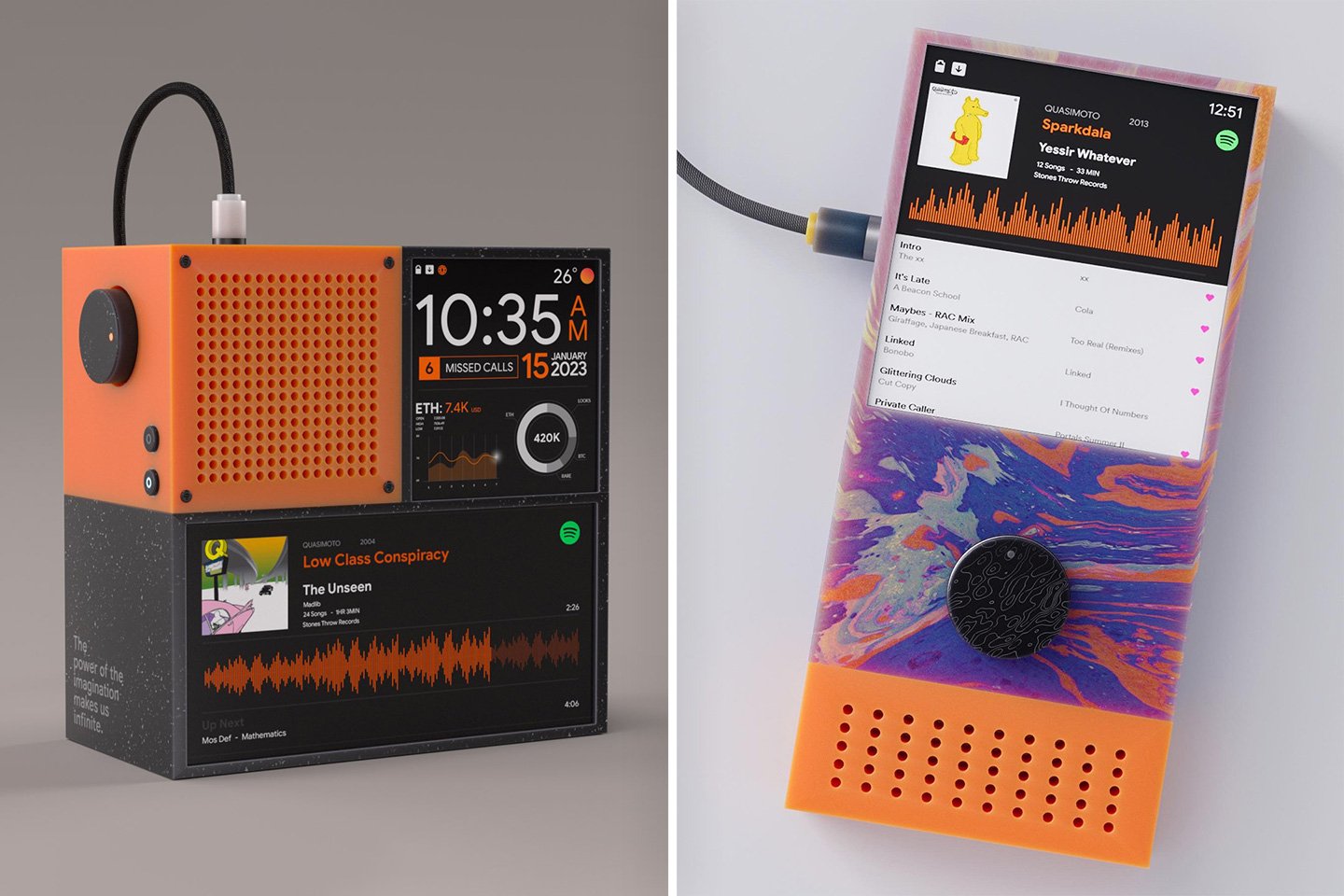
Looking like something out of Teenage Engineering’s mad-scientist-laboratory, the Customizable Bluetooth Speaker is a visual concept by artist and designer Max Quest. The design incorporates a LEGO-style brick/grid system that allows you to plug modules together to create the audio hardware you’re looking for. Quest designs are based on modular synthesis and seek to build an ecosystem of visually identical modules, allowing them to be plugged together in a beautiful mosaic.
Designer: Max Quest
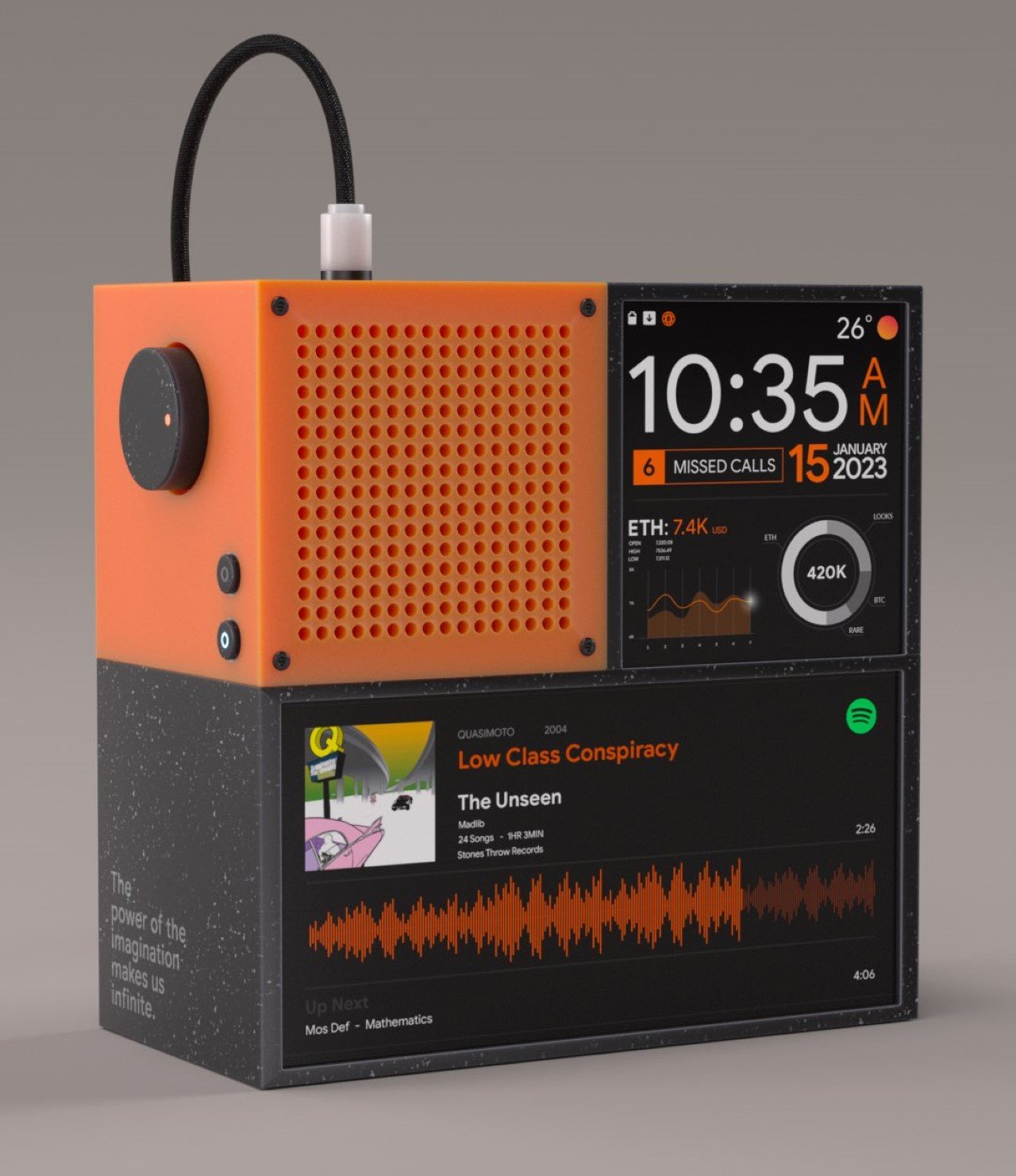
Quest’s modules cover many different needs, including those of professionals and consumers. At the very heart of the speaker is the audio driver itself, which can be plugged into a screen (oriented in either landscape or portrait, depending on your needs). You can control playback using your Bluetooth device, or the touchscreen interface. The volume knob is included in each speaker module. There are many options. There are many options available to add additional screens, such as notifications or modules that allow you to play with the audio signal (e.g. MIDI interfaces). to effectively turn your speaker into a synth or STEM player/mixer.
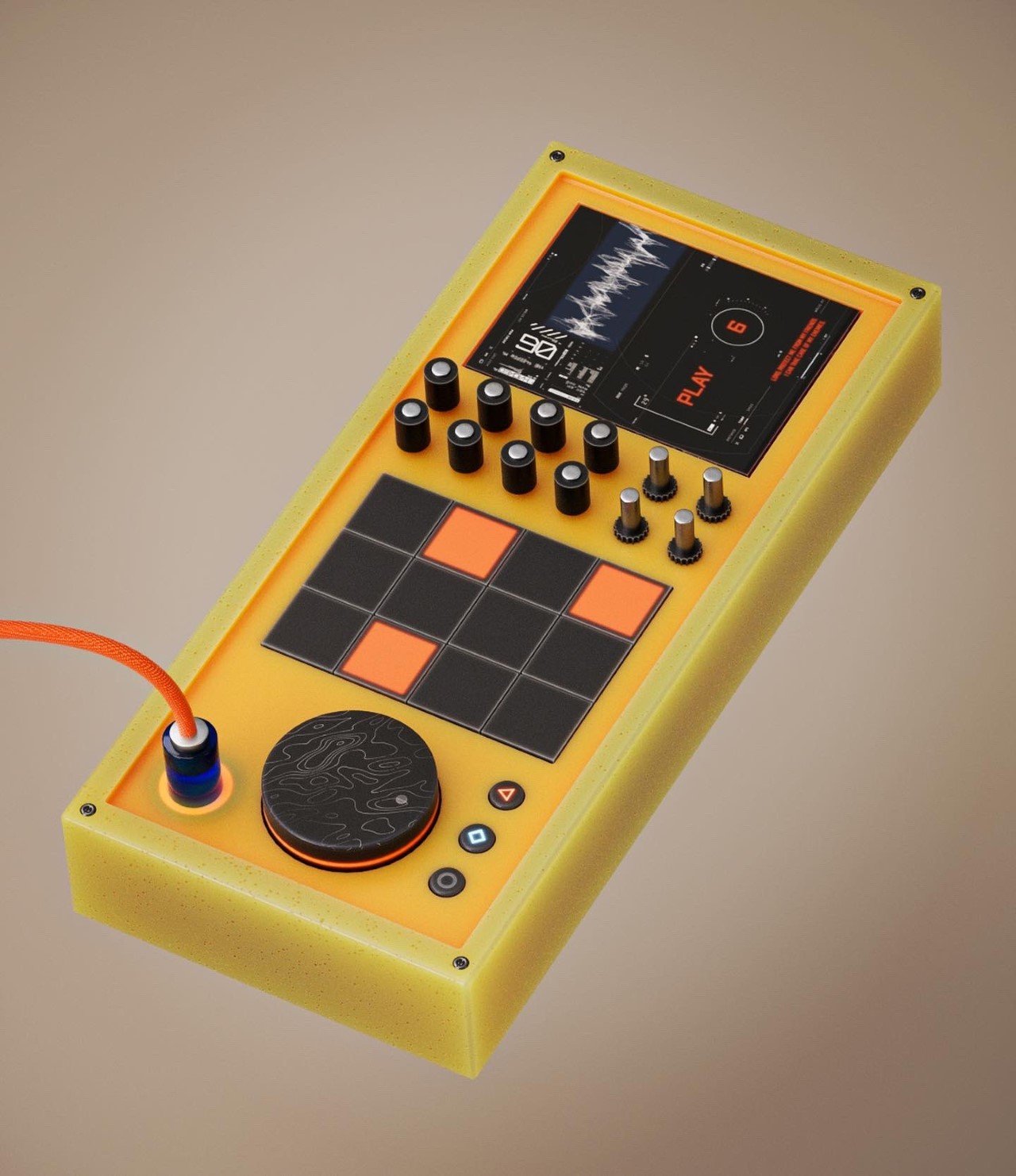
Some of these modules echo a simplicity that’s reminiscent of MP3 Players from decades ago – rather fitting, considering Apple finally bid adieu to the iPod today.
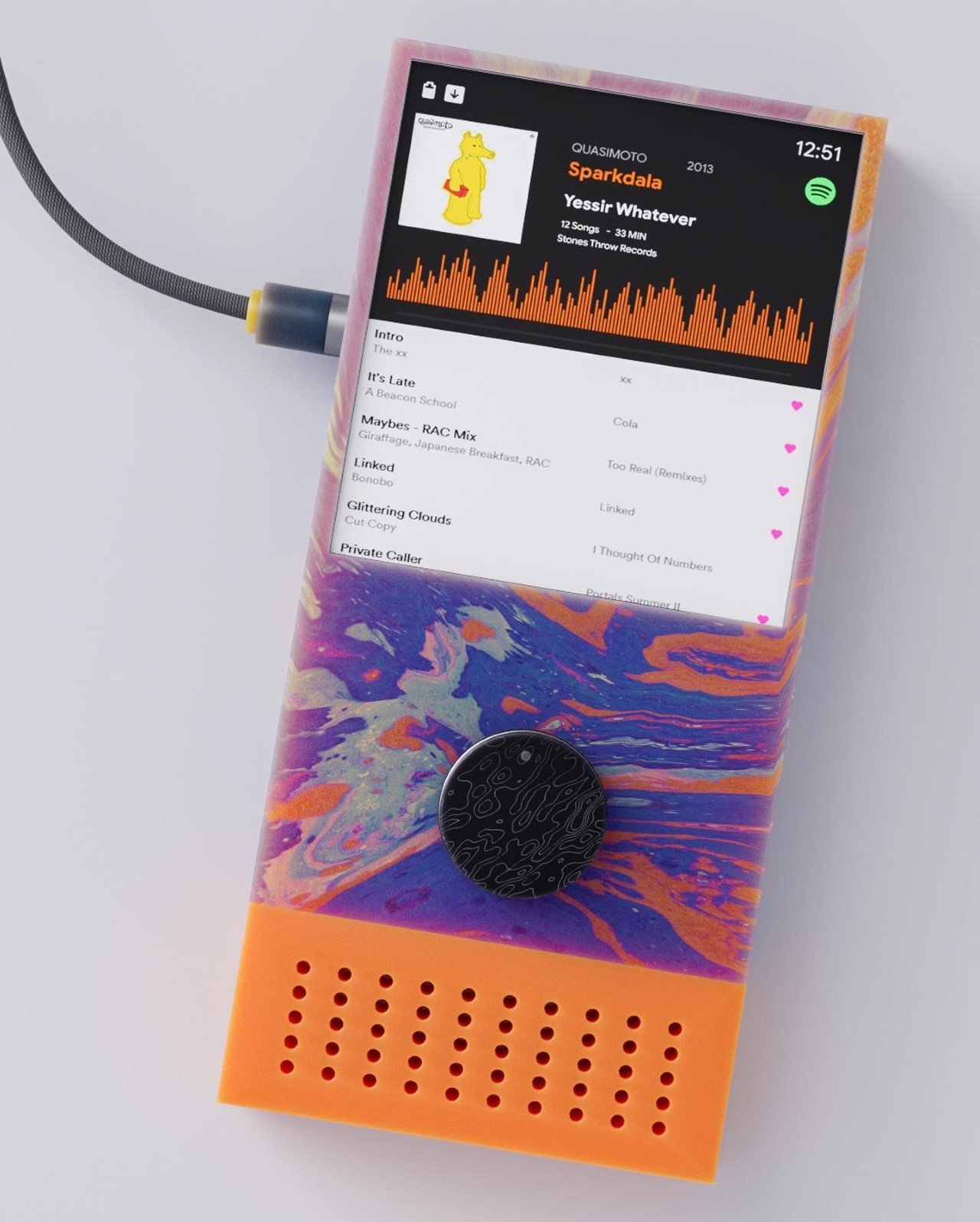
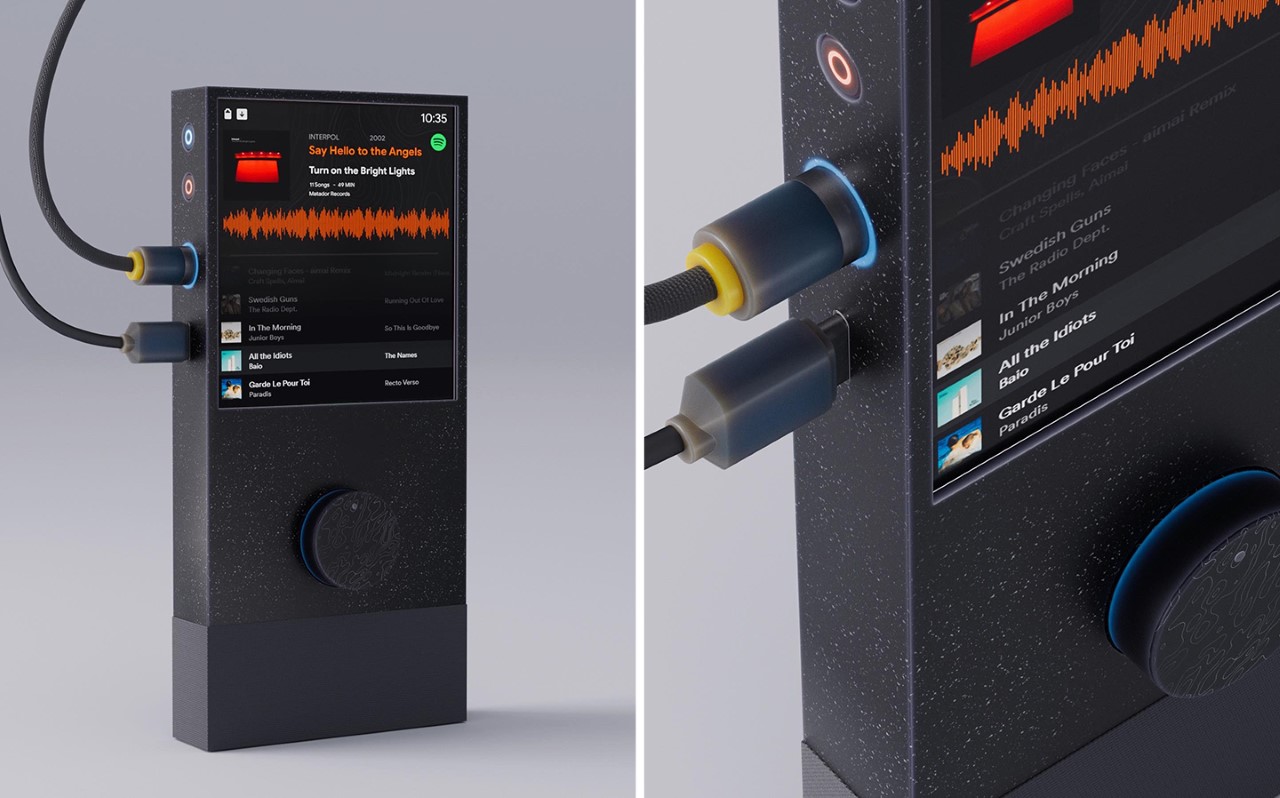
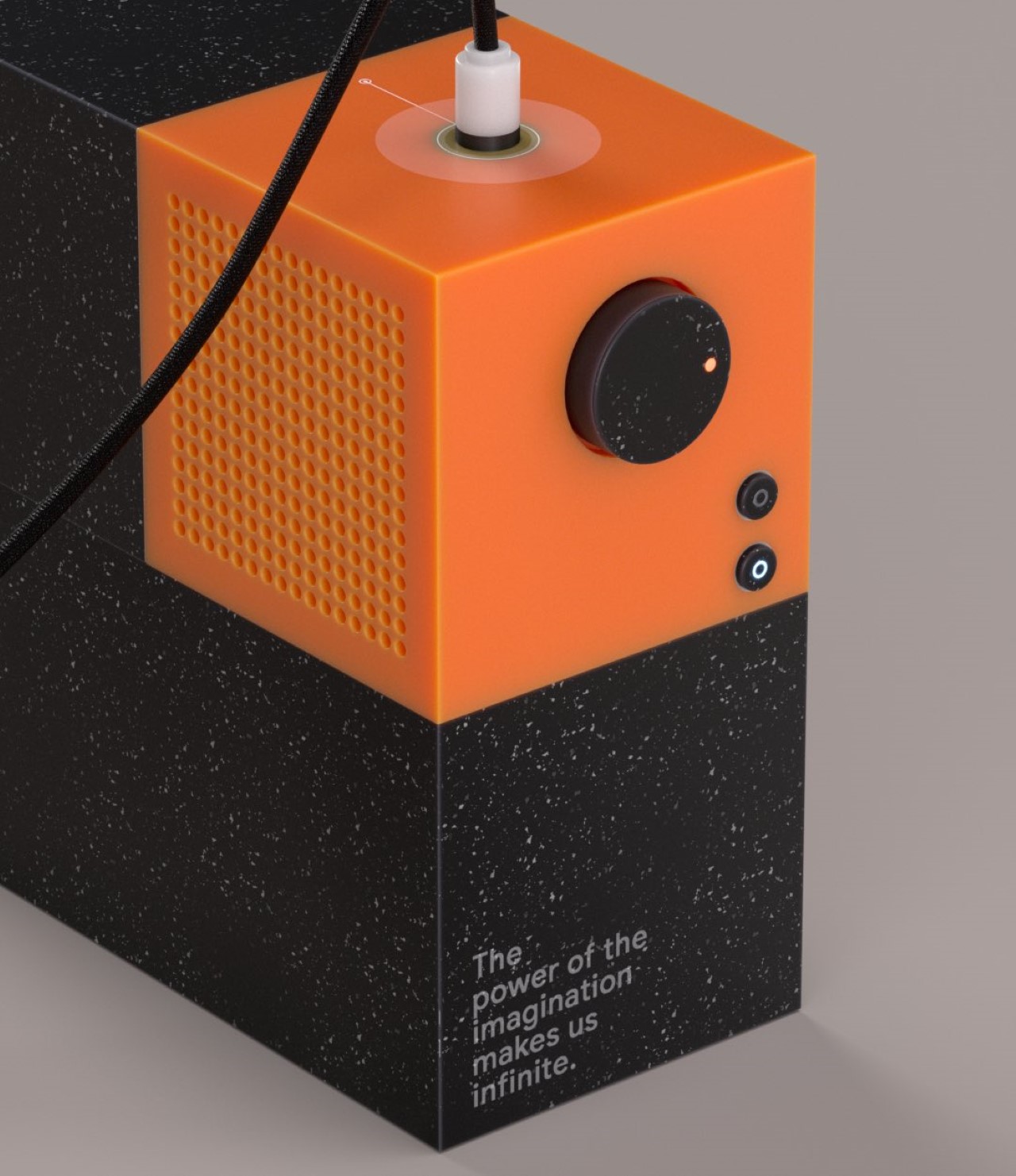
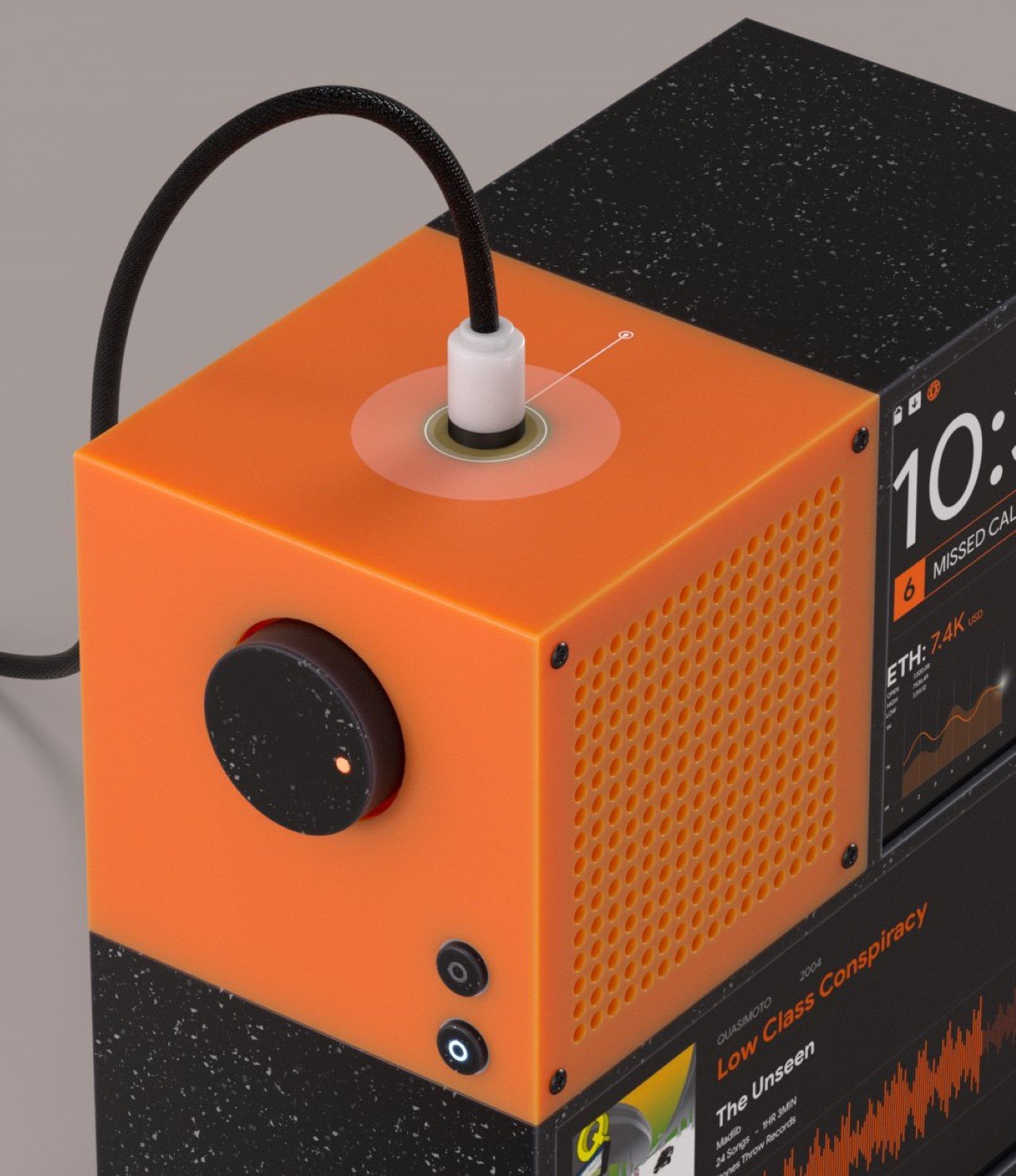
Quest’s design language remains one of my favorite things about this design. Teenage Engineering’s “Fun-dustrial” approach to design is responsible for the raw appeal of Quest’s designs. Quest uses vibrant colors, simple shapes, and unusual CMF choices like speckles, marbled plastic, etc. that make the speaker look almost toy-ish, and positively delicious.

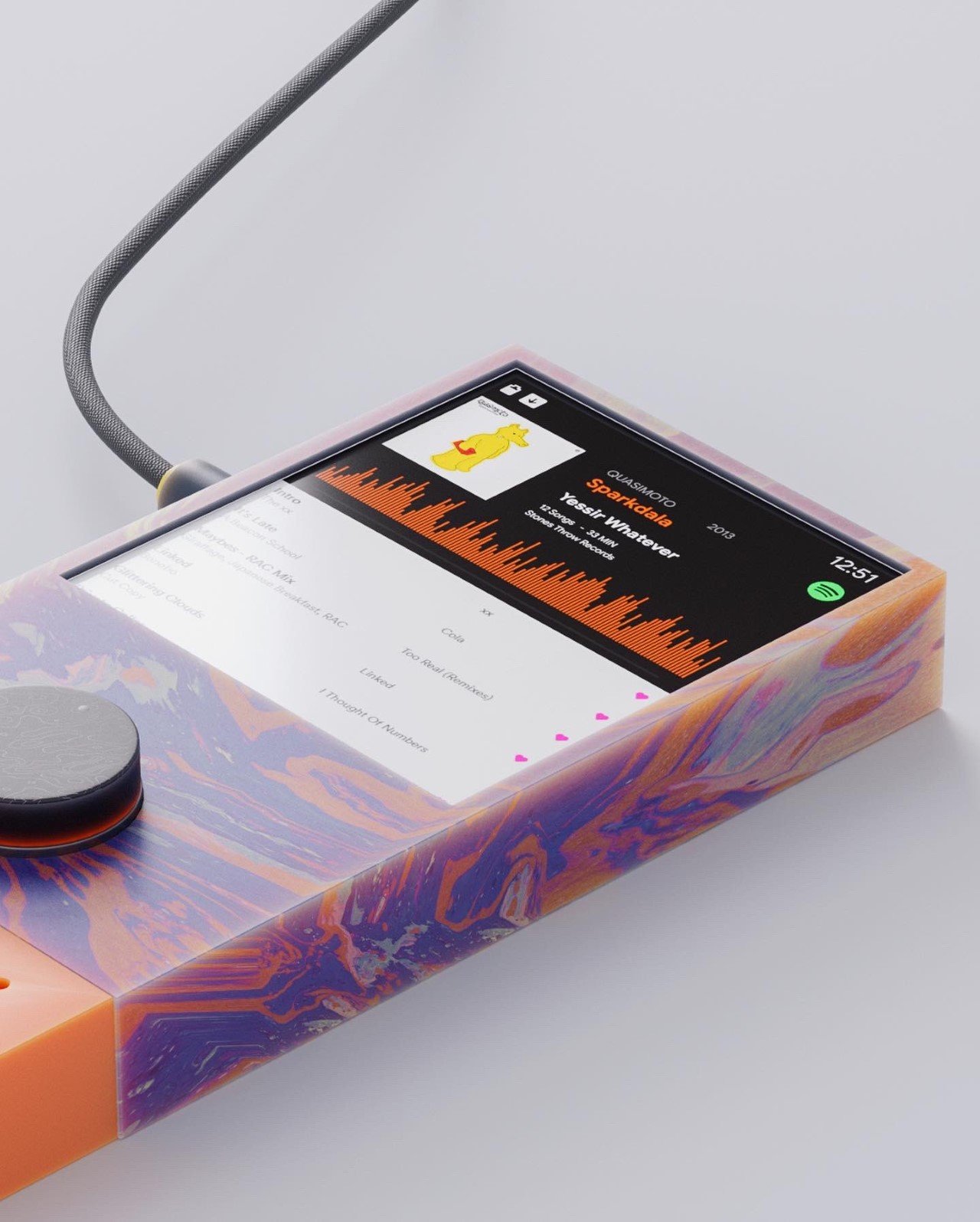
Ultimately, the Customizable Bluetooth Speaker’s appeal is absolutely universal. The speaker’s simple design appeals to both children and adults. It can also be customized to meet your specific needs, making it a great choice for professionals and amateurs alike.
Sadly though, this speaker is just conceptual for now. Quest’s idea was created more to prove his modeling and designing skills than it was as a proof-of-concept. It would have been fun for Quest to just build some prototypes. Perhaps a collaboration with Love Hulten?
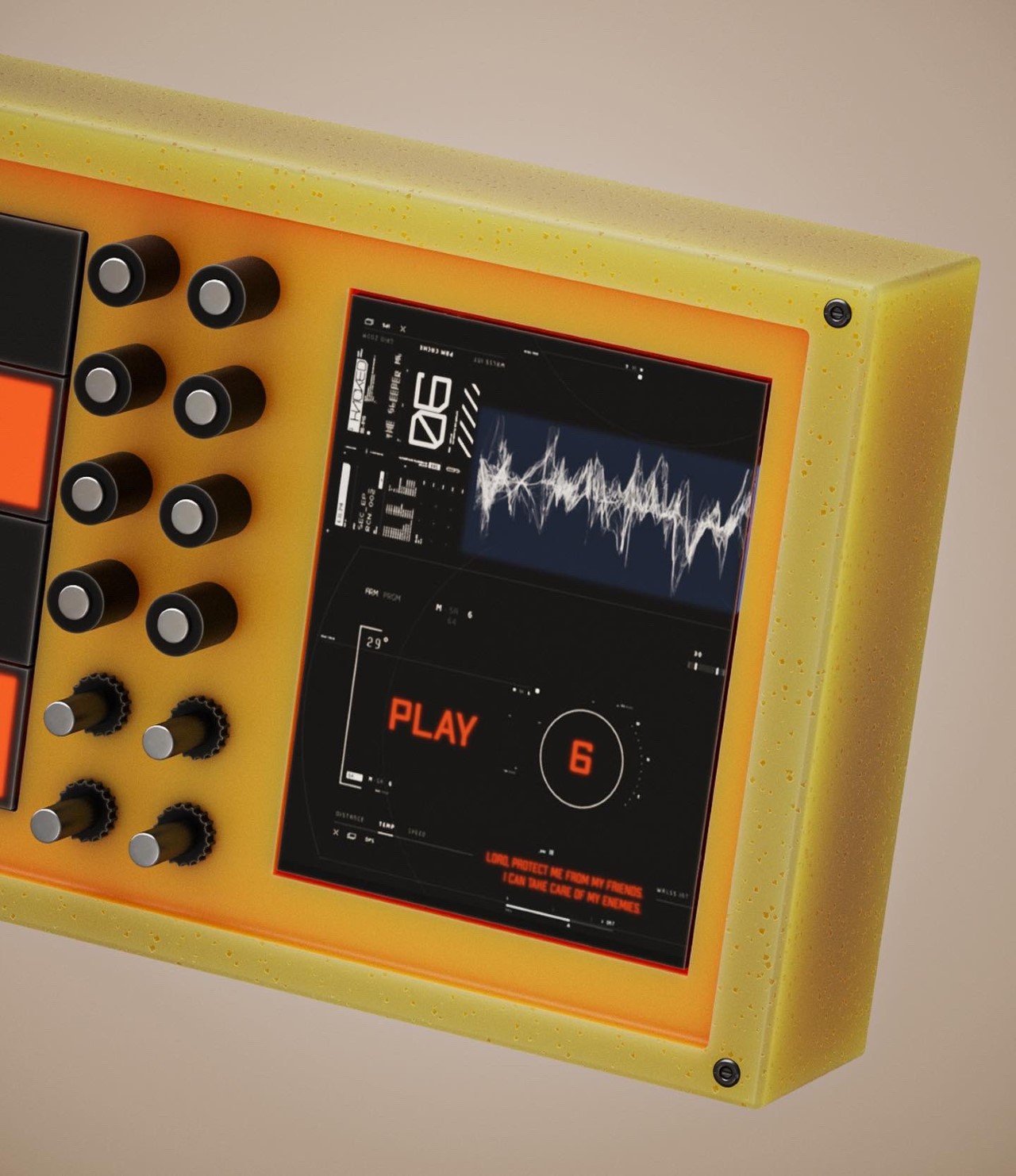
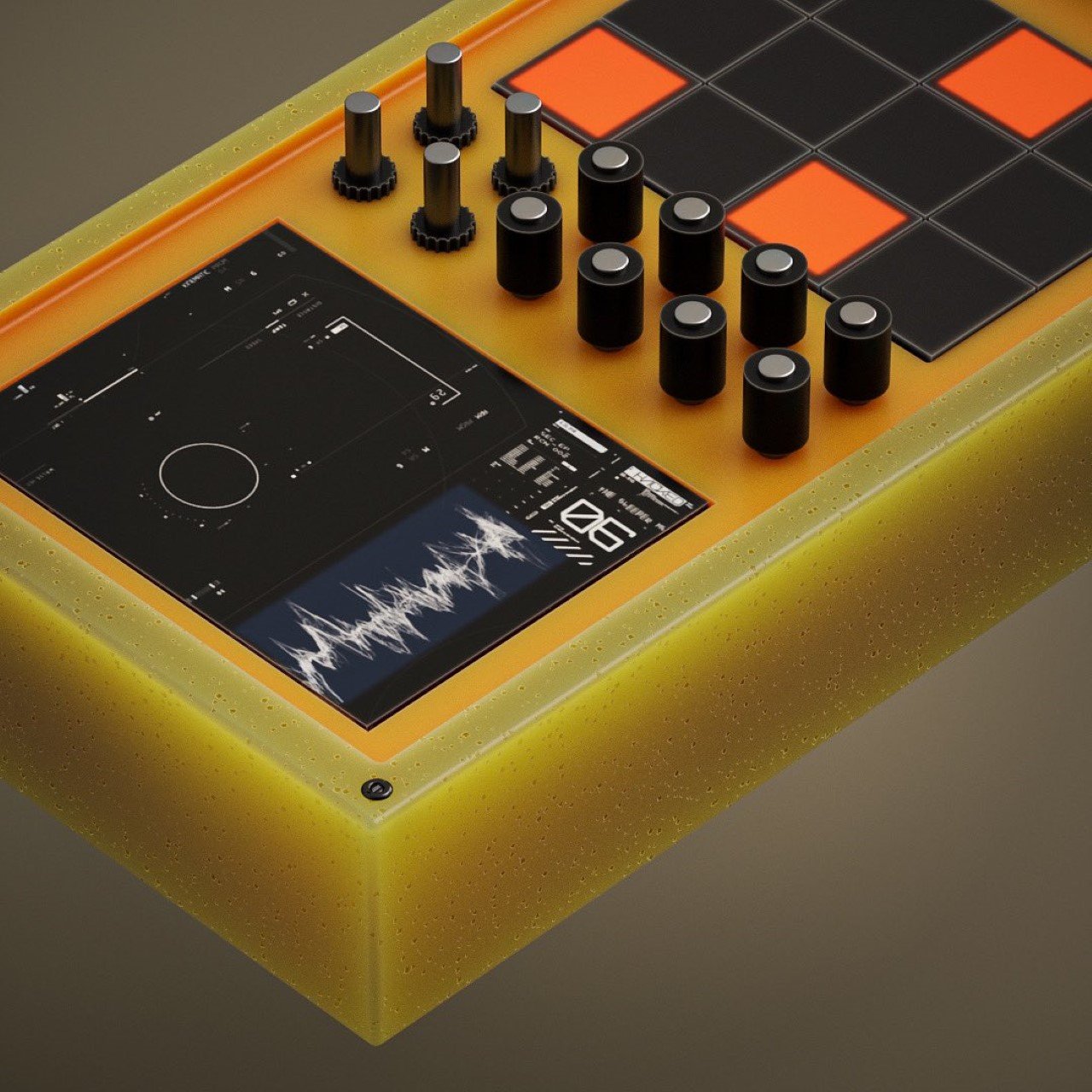
Source: www.yankodesign.com